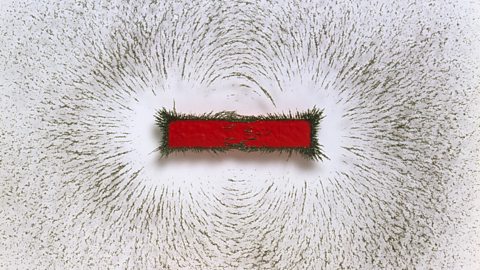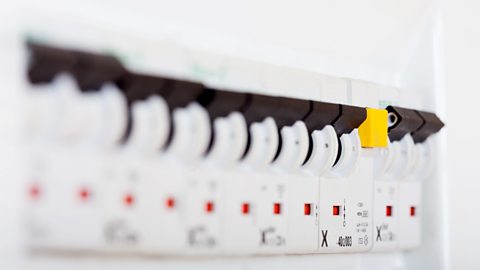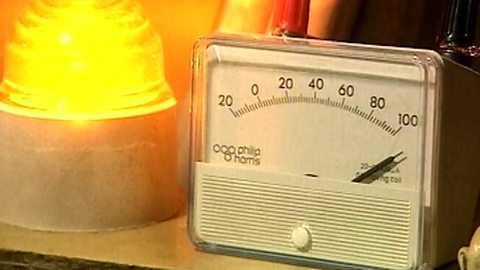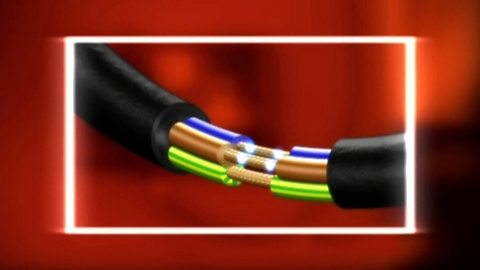Electricity
Generation of electricity
Electricity can be generated using a turbine to drive a generator before distribution. Renewable and non-renewable energy sources have pros and cons in terms of cost, reliability and pollution.

Electrical power
Power is a measure of how quickly energy is transferred. Efficiency is a measure of how much useful energy or power is transferred. By considering where energy is ‘wasted’ we can improve efficiency.

Electromagnetism
Magnetism can cause forces to act without any contact. By understanding how permanent magnets and electromagnets work, we can describe and explain their uses in the world around us.

Charge and current
Current is a flow of electrical charge. Voltage measures the energy carried by the charge flowing in a circuit. This electrical energy is transferred in the circuit into light, heat and movement.

Series and parallel circuits
Measurement and analysis of current and voltage in simple circuits allows us to formulate rules and predict unknown values.

Applications of series and parallel circuits
By considering how we control our appliances in our homes, we can understand how switches and variable resistors should be included in electrical circuits.

Video playlist
Conductors and insulators. Video
Why does a metal wire conduct electricity while the plastic sheath does not?

Links
- External linkExternal link
- External linkExternal link
- External linkExternal link
- External linkExternal link